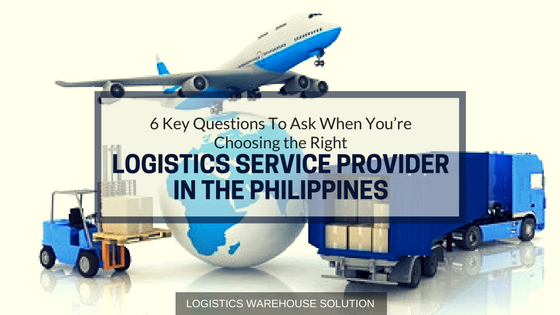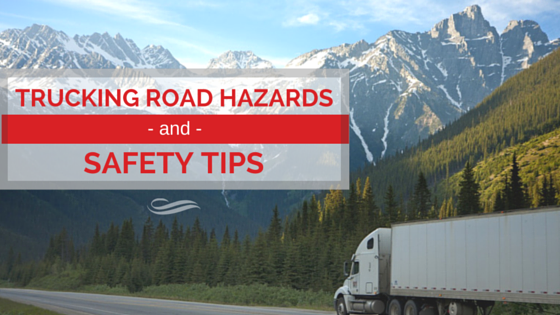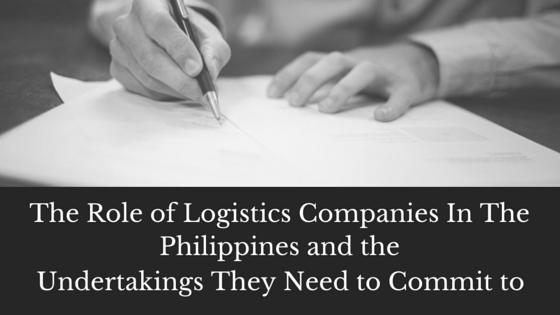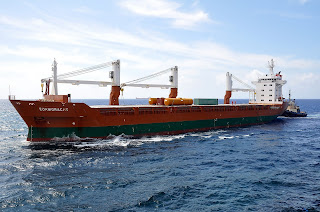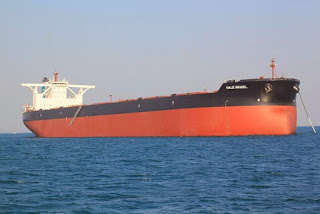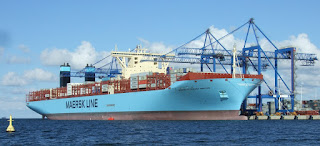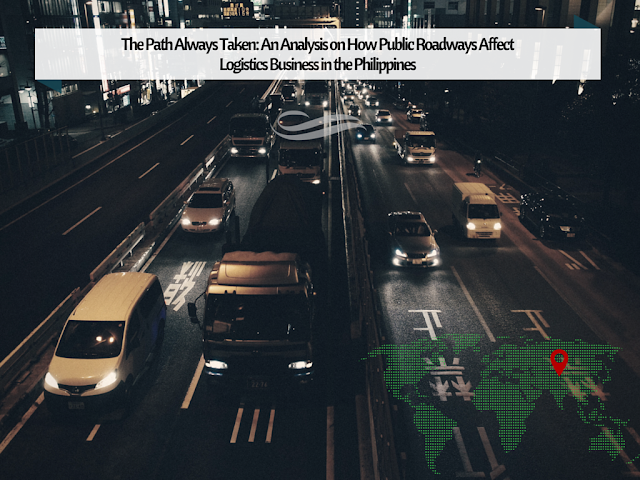Picking out the perfect logistics service provider for your business is hard especially when you’re choosing from a sea of companies in the Philippines. You have to be meticulous because it is more than just business; it is a partnership between two different corporations who possess distinct ideals and principles. In order to get that partnership going smoothly, here are 6 important questions to ask your logistics services provider:
1) What is the company’s history?
As stated by Harvard Business Publishing, an intricate understanding of the past is one of the most powerful tools we have for shaping the future. The history of a company is an important factor in knowing their identity, purpose and goals. Once you have those in place, you are one step closer to getting to know them on a much deeper level. How long the company has been operating and how extensive their network is are just some of the most important things to consider.
2) What is the company’s central philosophy?
A business philosophy is a set of beliefs and principles that a company strives to work toward. A company’s vision, mission and goals are more than just a list of mandates; they give life to a company’s central purpose. Your company’s ‘philosophy’ also serves as a code of conduct for decision-making processes.
3) What kind logistics services do you propose for my business?
An accurate view of your logistic needs should always be met by your business partner. Research is a key when it comes to expecting your demands. From the initial stage such as supplying to the final stage like warehousing, a remarkable provider would know the process inside out. An extensive knowledge of your needed services is a reflection of the provider’s accountability.
4) How do you deal with operational disruptions?
Unexpected challenges are always experienced in any workplace but how it is handled is very significant. Thinking on your feet in times of unforeseen events is a way to know whether the logistics provider can provide efficient solutions and if they’ll make a good partner. Don’t hesitate to ask them if they have cargo insurance in case of theft, damage or loss.
5) Is your company technologically deft?
Technology plays a huge role in logistics. First, it increases the operational efficiency of various functional areas. Second, processing and analysis are done swiftly. Third, it facilitates system automation. Everything is faster and more efficient with technology. All of these result to cutting of costs, too.
6) Is your company an affiliate in professional associations and accreditations?
Validation from other associations is a sign of commitment to the craft. One of the country’s freight organizations, the Cold Chain Association of the Philippines (CCAP), specializes in the supply chain of chilled/frozen food products and other temperature controlled product storage. They promote and raise standards of the local cold chain industry by providing forums, training seminars and active sharing of ideas among its members. Joining associations establishes formal linkages making the company accredited.
If your probable third-party logistics provider has a foolproof answer to all of these questions, then you can now commence with your business matters. Building trust is the core factor not only in choosing a logistics service provider here in the Philippines but also in starting a relationship with your possible business partner.
